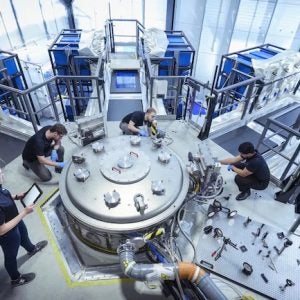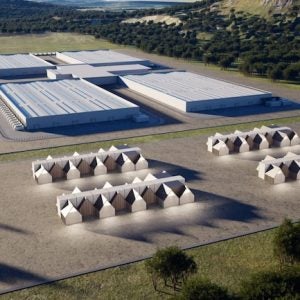
Between 2012 and 2015, the Doel 3 and Tihange 2 reactors were shut down after the discovery of hydrogen microbubbles in the steel walls of the reactor pressure vessels (RPVs).
Thorough inspections eventually revealed that these were already present during the forging of the RPVs. During this process, not all of the hydrogen was removed from the steel, leaving it to form small, flattened blisters in the steel walls. However, because hydrogen microbubbles have no impact on steel structures and do not change over time, FANC allowed the two reactors to restart in 2015.
However, FANC required plant owner ENGIE Electrabel to regularly verify that the situation had not changed. This latest inspection, completed at the end of December 2020, showed slight variations in the measurement results, but these were attributed to the measurement method.
“This result meets expectations, as the same conclusions emerged from previous inspections (in 2017). No change was observed in the size of the hydrogen microbubbles already detected in the reactor vessel of Tihange 2 and there was no appearance of new hydrogen microbubbles,” FANC said.
Belgium has seven nuclear power reactors three at Tihange near Liege and four at Doel near Antwerp, all PWRs. Apart from Doel 1&2, which are 430MWe plants, the others are all approximately 1000MWe. Belgium has decided to phase out nuclear power by 2025 as part of which, Tihange 2 is scheduled to be permanently shut down in February 2023.
Photo: Tihange in Belgium (By Hullie – Own work, CC BY-SA 3.0)






